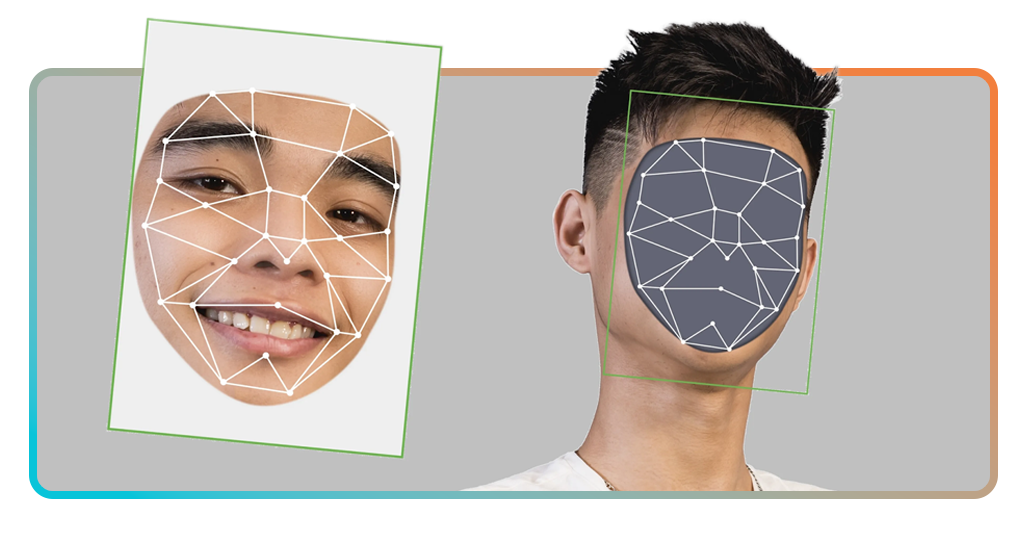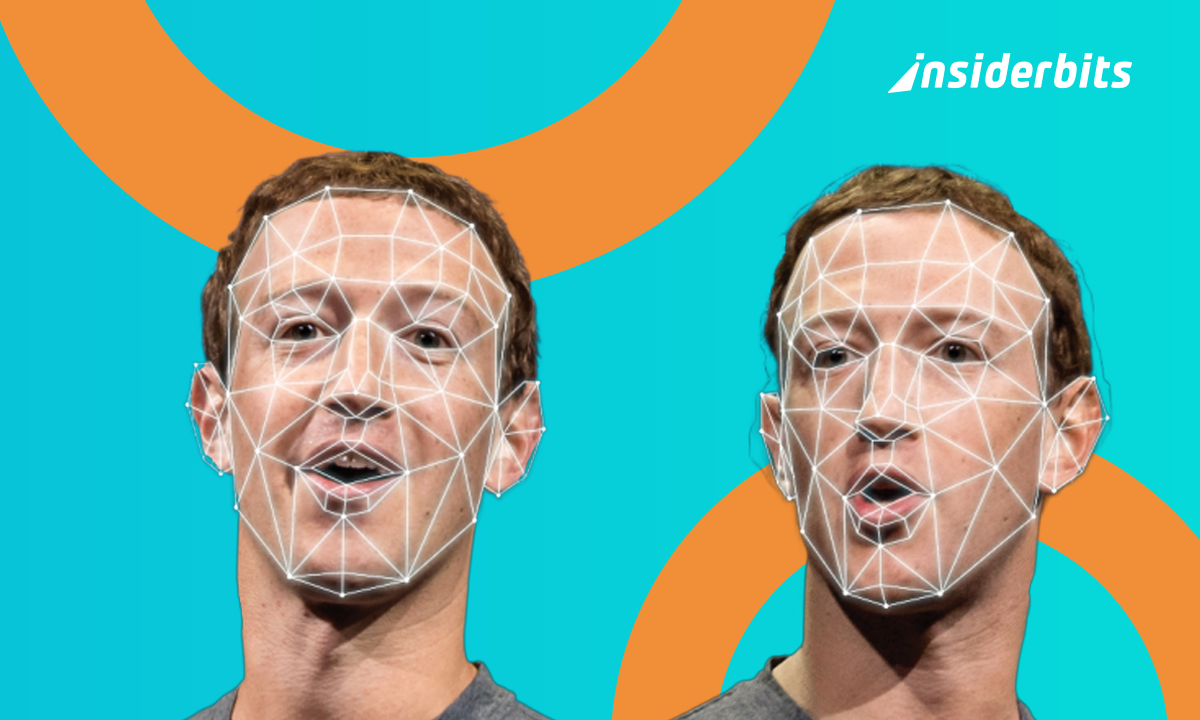We’ve entered an era where seeing is no longer believing. That viral video of your favorite celebrity saying something outrageous? Could be fake. That shocking political speech making the rounds? Might be manufactured. Welcome to the deepfake dilemma, where AI has become so good at mimicking reality that even your skeptical aunt might get fooled.
But here’s the good news: you don’t need to be a cybersecurity expert to protect yourself from digital deception. With some practice and the right free tools, you can train your eyes and brain to spot a deepfake, by pointing out the subtle details that separate AI-generated fakes from genuine content. Consider this your crash course for the age of synthetic media.
- Dark Side of AI: Deepfakes & Voice Cloning Risks
- Comment savoir si un permis de conduire est faux sur votre téléphone ?
- How to Spot Fake Reviews in 2025: A Consumer’s Guide
Learn to Spot a Deepfake Like a Pro
Before you start questioning whether your own mother’s birthday video is AI-generated (she really did sing that off-key rendition of “Happy Birthday”), let’s talk about how even the most sophisticated deepfakes betray themselves.
Think of it like a magic trick. Once you know where to look, the illusion falls apart.
Eyes don’t lie
The eyes are the first giveaway. Real humans blink at natural intervals (about 15-20 times per minute) and our gaze shifts in subtle, organic patterns.
Deepfakes often produce eyes that are too perfectly aligned, blink too little, or move in unnaturally smooth motions.
Watch for moments when the subject should be blinking but doesn’t—it’s like they’re trying to win a staring contest with the camera.
Watch out for lip sync failures
Lip sync issues remain the Achilles’ heel of even advanced deepfakes. While the audio might match the words, the subtle ways our mouths form specific sounds—especially plosives like “p” and “b”—often trip up AI.
Look for moments where the mouth movements seem slightly delayed or where the tongue and teeth don’t quite align with the spoken sounds. It’s like watching a badly dubbed foreign film from the 1970s.
Lightning and shadow not-so-subtle changes
Lighting and shadows expose more flaws than a bad makeup job. AI still struggles with maintaining consistent light physics across frames. Watch for:
- Shadows that don’t match the apparent light source;
- Reflections in eyes that don’t show what should be in front of the person;
- Hair that doesn’t interact naturally with light;
- Skin tones that fluctuate unnaturally between frames.
Airbrushed “living-doll-like” skin
That poreless, airbrushed look isn’t just suspicious—it’s practically a confession. Human skin has microscopic variations that even high-end AI often misses.
Cheeks that are too smooth, foreheads without any texture, and eyebrows that look painted on are all red flags. It’s like everyone in the video is wearing Instagram filters in real life.
Context remains your most powerful weapon. Ask yourself:
- Why would this person be saying this?
- Where and when was this supposedly filmed?
- Who benefits from this going viral?
- Does this match the speaker’s known behavior patterns?
Le Freedom Forum’s guide emphasizes that while technical tells may help, it’s this combination of digital literacy and critical thinking that forms the best defense.
A video of a politician suddenly supporting their opponent’s policy isn’t just suspicious because of technical flaws, but because it makes no damn sense in the real world.
Focus on the edges where the face meets hair or background. Current AI still struggles with clean separations here, often producing slight blurring or artifacts.
It’s like spotting where the green screen ends in a cheap movie effect; once you see it, you can’t unsee it.
How AI Detection Tools Really Work
These platforms don’t just guess—they analyze hundreds of digital fingerprints:
- Facial mapping algorithms track micro-expressions impossible to fake;
- Voice pattern analysis detects synthetic speech artifacts;
- Pixel-level forensics reveal manipulation traces invisible to humans;
- Metadata examination checks for editing software signatures;
- Content cross-referencing verifies against known original sources.
SocRadar’s testing found leading tools now achieve 92-96% accuracy on recent deepfake generations.
Top Platforms That Reveal Fakes in Seconds
And we mean in seconds:
Deepware Scanner
Le présent web-based detector specializes in political and celebrity deepfakes. Upload any suspicious video, and it generates a manipulation probability score along with highlighted anomalies.
The interface clearly marks facial landmarks where AI artifacts commonly appear, making it great for visual learners.
Information
Platforms: Web-based
Processing Time: 15-90 seconds per video
Accuracy: 94% on tested samples
Price: Free
Reality Defender
Used by major newsrooms, this outil combines AI analysis with human verification. Its browser extension automatically scans videos on social platforms and provides real-time warnings.
The detailed reports explain exactly why content was flagged in language anyone can understand.
Information
Platforms: Web
Detection Speed: Near-instant on supported platforms
False Positive Rate: <5% in controlled tests
Price: Free basic version
Microsoft Video Authenticator
Developed for journalists, this outil provides a manipulation “heat map” showing which video areas were likely altered.
It’s particularly effective at spotting face swaps in longer footage. The accompanying educational resources help users understand what they’re seeing.
Information
Platforms: Web-based
Key Feature: Frame-by-frame analysis
Best For: Professional verification
Price: Free

Deepfake vs Real: Try These Practice Tests
The best way to sharpen your skills? Test them:
- BBC’s deepfake quiz: can you spot which videos are fake?
- MIT’s detection challenge: compete against others’ detection abilities;
- Deepfake self-test: try creating basic fakes to understand their limits;
- Reddit’s r/DeepfakeDetection: community analysis of trending videos;
- Twitter’s #VerifyThis: crowdsourced verification of viral content.
Our deepfakes explainer provides more background on how the technology works.
Sharpen your digital intuition — test your skills now
The deepfake arms race won’t slow down, but neither will detection tools. For a sobering look at how bad actors use this tech, check the BBC’s deepfake investigation.
Want to spot a deepfake? Your best defense is to stay skeptical, keep practicing, and remember: if something seems too shocking to be true, it just might be.




